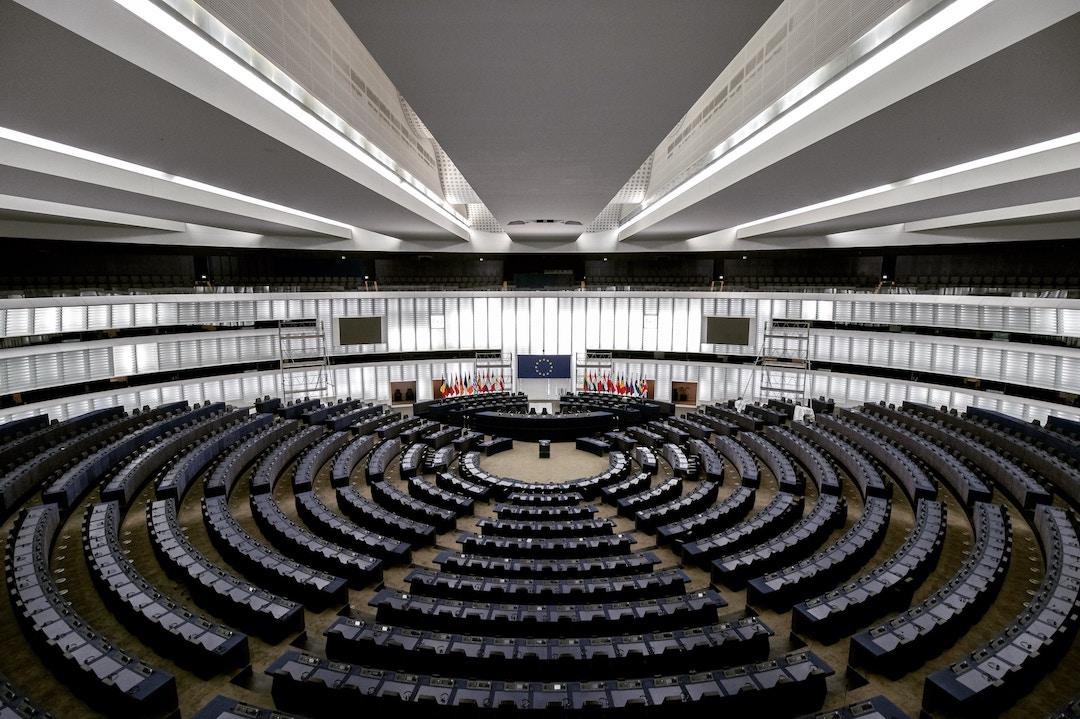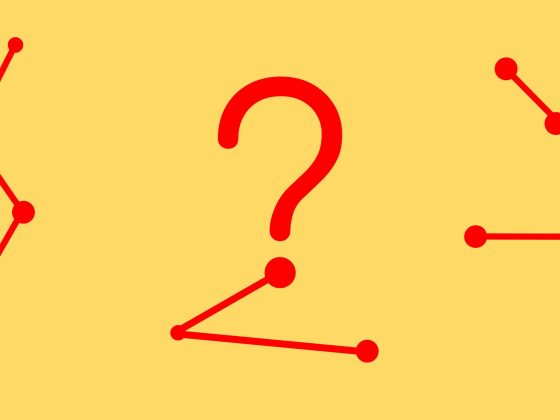International institutions or organisations have their own unique structures. However, they generally contain the following hierarchical structure, although the specifics can differ based on the purpose, size, and scope of the institution.
Typical Institutional Organisational Hierarchy.
Level 1. General Assembly or Member States.
This is often the supreme governing body of an international organisation, composed of representatives from each member state. They discuss and make decisions on important issues, such as policies, budget, and the admission of new members.
Level 2. Executive Board or Council.
The executive board is typically composed of members elected by the General Assembly. They oversee the implementation of policies and decisions made by the General Assembly.
Level 3. Secretary-General or President.
This person is the chief administrative officer and is often elected by the General Assembly. They are responsible for the day-to-day management of the organisation and often act as the public face of the organisation.
Level 4. Deputy Secretaries or Vice Presidents.
These individuals assist the Secretary-General in carrying out the duties of the organisation and often oversee specific areas or departments.
Level 5. Directors or Department Heads.
They oversee specific departments within the organisation, such as economic affairs, social development, environmental programs, etc.
Level 6. Managers or Officers.
These individuals manage specific programs or projects within a department.
Level 7. Staff Members or Individual Contributors.
These include analysts, specialists, coordinators, and other staff members who carry out the work of the organisation.
For example, the United Nations, one of the most well-known international organisations, has a similar structure with a General Assembly, a Security Council (part of the executive function), and a Secretary-General, along with numerous departments and programs each headed by a director or equivalent role.
Again, this is a generalisation and structures can vary significantly between organisations. Some organisations may also have judicial or legislative branches, advisory committees, or other bodies.









